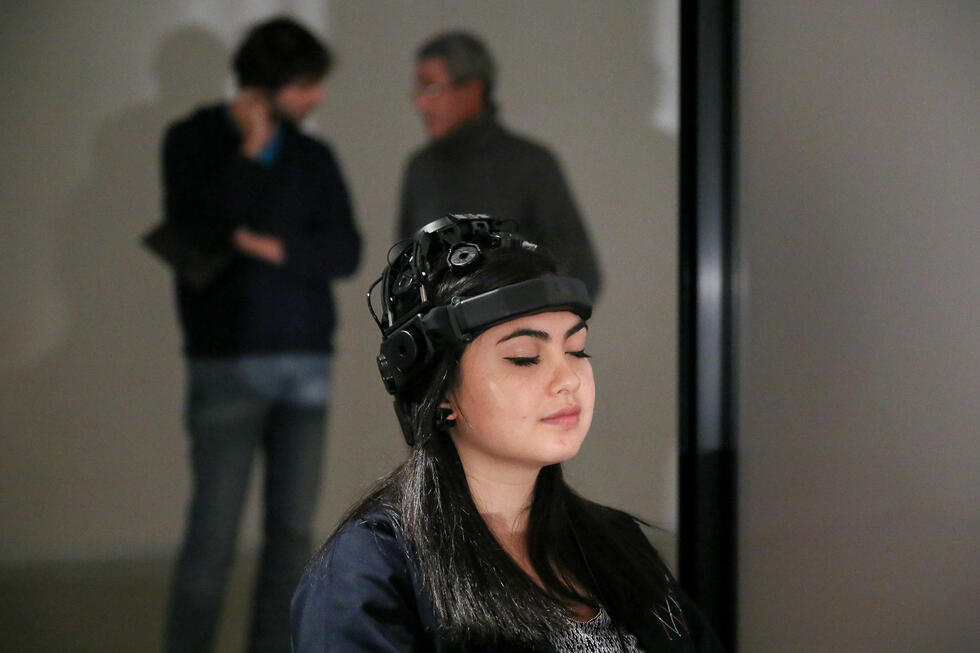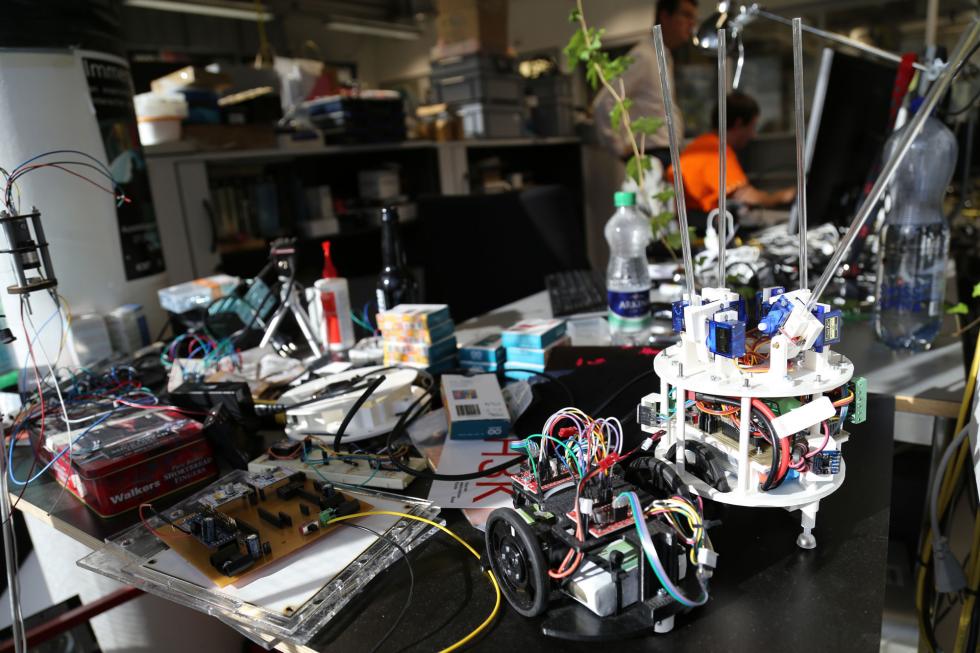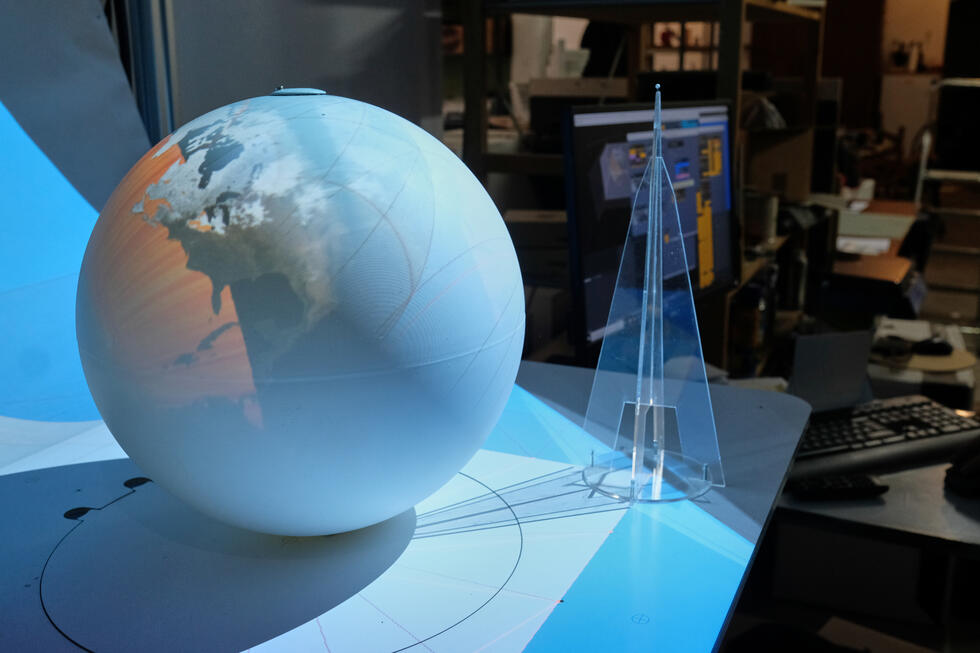SHORT NEWS
Brain-machine interfaces for the mass-market
The factory of the future: Humans use brain-machine interfaces to control production processes through the power of their minds. This vision was presented to the public on the campus of the EPFL Swiss Federal Institute of Technology in Lausanne within the framework of the “Mental Work” project. At the same time, a unique data set was collected.

The almost 800 visitors to the “Mental Work” exhibition helped create a unique data set. Each and every visitor signed up as a temporary recruit in a mind-controlled factory and contributed approximately one hour of brain signals.
The project revolves around brain machine interfaces (BMIs): The participants donned an electroencephalogram (EEG) headset, which measured the electrical activity of their brain, and attempted to control processes with the help of instructors. To make this possible, an algorithm converted the brain signals into control commands. The level of difficulty gradually increased with each work station in the “Mental Work” factory.
Fusion of science and art
The exhibition was a fusion of science and art, implemented by the US artist and “experimental philosopher” Jonathon Keats together with José Millán and his team of scientists from the EPFL. The EPFL has announced that following an initial evaluation, José Millán and his team will make the data available to the research community in order to drive forward the technology.
“Initial results from the “Mental Work” project indicate that a large part of the population is able to use a BMI to interact with their environment,” José Millán is quoted in the EPFL’s statement. Moreover, this was possible with a far shorter training period than was previously believed necessary.
Normally, operating a mind-controlled factory would require several hours of intensive training courses over a period of days and weeks. However, by optimizing the evaluation algorithms for the brain signals, the researchers succeeded in shortening the necessary training to thirty minutes, thus making it possible for visitors to the exhibition to share in the experience.
Mind control is strenuous
In an accompanying survey, the participants reported that they found the mental tasks very strenuous – a finding that contrasts with the popular belief that mind control is effortless. In addition, it turned out that many of the test subjects who were not very successful at the first task nevertheless developed robust BMI skills on their journey through the brain-controlled factory. The use of headsets without the electrode gel often used for EEGs also proved to be sufficiently reliable to pick up brain signals of sufficient quality.
“We are now investigating how brain activity patterns vary – with a focus on how these patterns evolve during the learning process,” José Millán explains. The aim is to identify principles that could improve and accelerate the learning of BMI-based machine control.
The main reason researchers are focusing on BMIs is to enable paralyzed people to control technical aids, such as prostheses or wheelchairs. Shorter training periods could make it much easier for people with disabilities to utilize such technologies. BMI headsets are already commercially available for entertainment purposes, for example to control toys or to wiggle wearable fluffy ears. In most cases, however, such applications are based on a greatly simplified principle and only require the user to switch between concentration and relaxation.




















